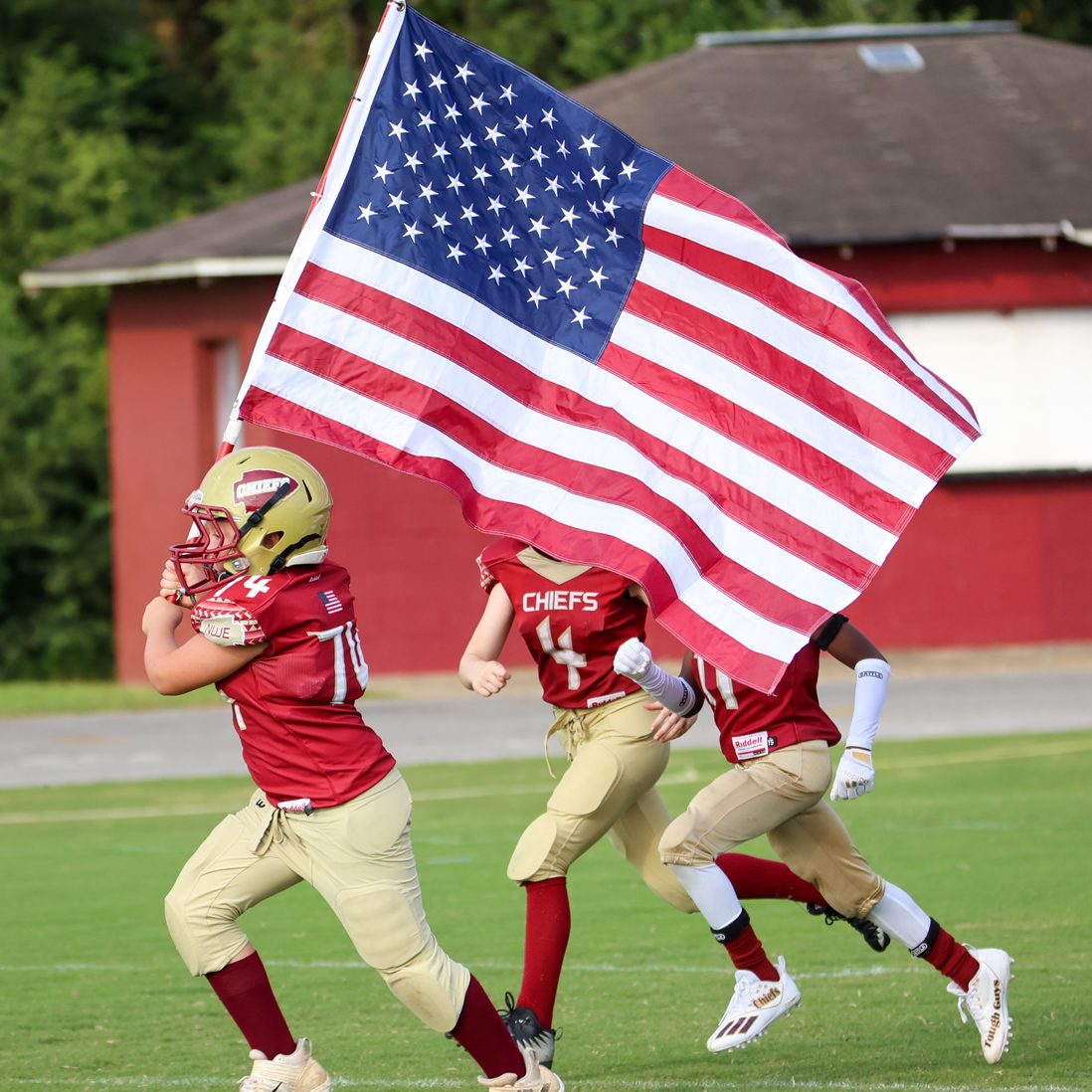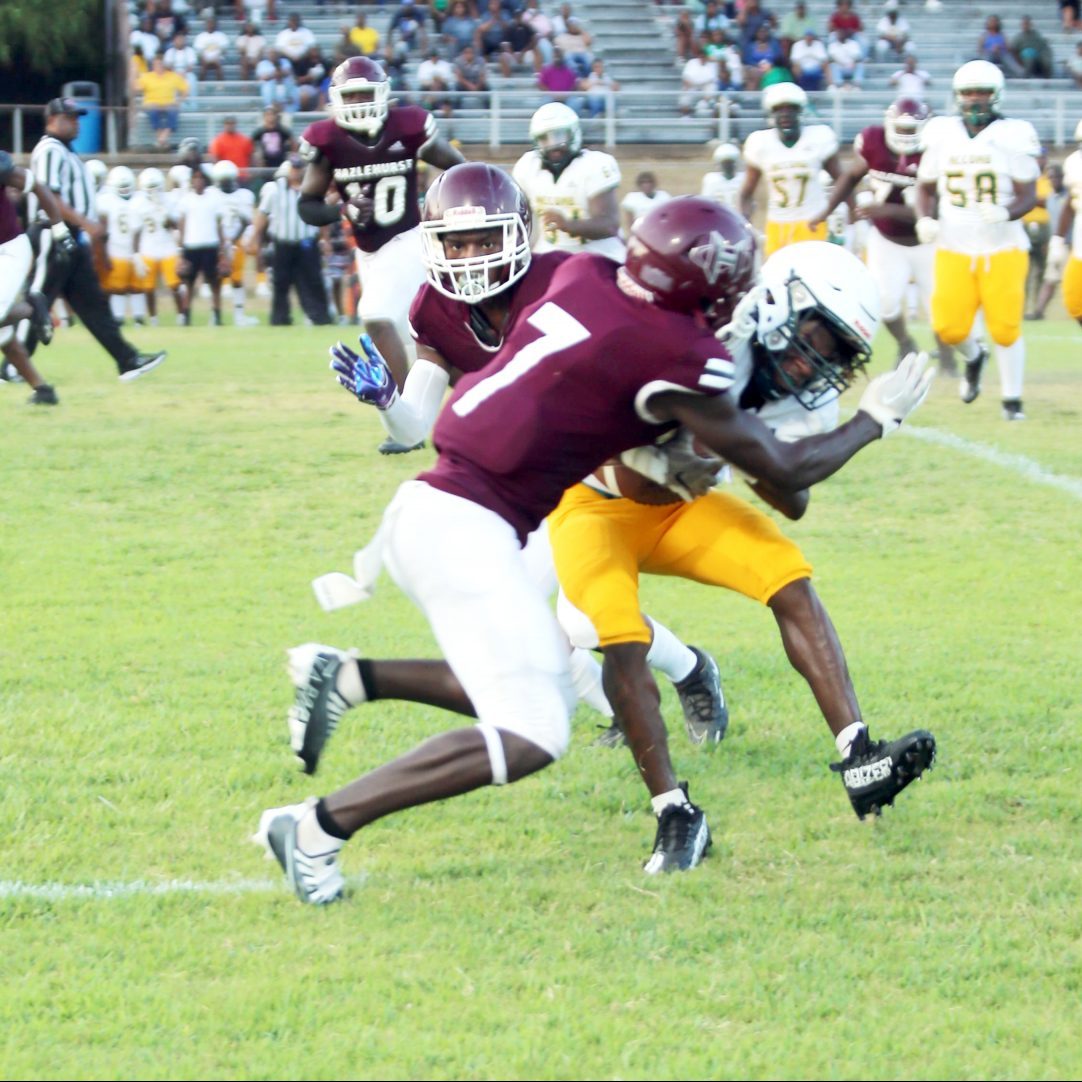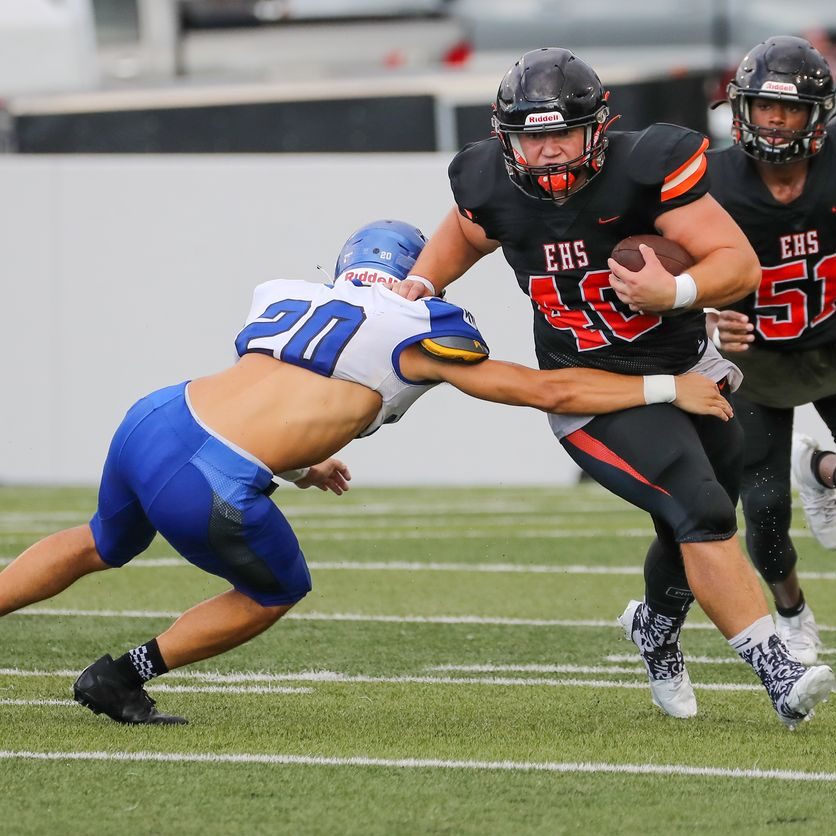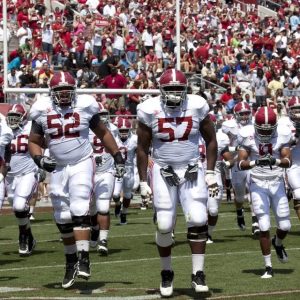Introduction to High School Football Jamboree
The question surfaces often: what is a jamboree in football? Simply put, a high school football jamboree is a pre-season event. Here, teams gather for a series of scrimmages that are not official games. Think of it as a dress rehearsal. It’s the chance to see game-day operations and players in action before the season kicks off. For newcomers to the sport, and even seasoned veterans, this is where strategy meets execution on the field.

In these controlled scrimmages, teams can practice plays, build team morale, and coaches can assess skill levels. These events are typically exclusive to high school football, unique in their goals and structure. The focus is less on competition and more on learning and preparation. This allows youth athletes to develop their skills in a setting that values educational sport experiences over winning scores.
Every player, from starters to benchwarmers, sees playing time. As a result, coaches can better understand their roster, and players get the invaluable real-time experience they need. Whether it’s breaking in cleats, understanding field positions, or practicing the playbook, a jamboree serves as a crucial step in the football journey for many high schoolers.
Crafted carefully, a jamboree nurtures the fundamentals while piquing interest in the upcoming season. It’s an exciting time for players, coaches, and the community, all anticipating the thrills of Friday night lights. Join us as we dive deeper into the essence of a football jamboree and why it’s an indispensable part of high school football culture.
The Necessity of Jamborees for High School Teams
Jamborees are crucial for high school football teams. They prepare players, many new to the sport, for the upcoming season. High school athletes can face varying levels of skill and experience; jamborees level the playing field, so to speak. This environment is less about winning, and more about learning. Coaches focus on player development, tactics, and assessing team dynamics.
Every team member gets to play. This inclusivity ensures all players gain practical experience. Crucially, feedback is immediate and hands-on, hitting home more directly than in regular practice. The result is a prepared team, eager and ready for the season ahead. They enter their first official game with more confidence and understanding of the game.
Moreover, jamborees allow coaches to see their teams against real opponents. This is invaluable. It reveals strengths and weaknesses that are hard to spot in regular training sessions. Unlike professional levels, high school teams get limited pre-season practice. Jamborees, therefore, become an intensive crash course in football readiness.
In essence, for high school football, jamborees are not just helpful, they are essential. They provide the extra preparation needed to ensure all players, new and seasoned, are aligned and ready for the main event: the competitive football season.
The Structure of a Football Jamboree
Understanding what a jamboree in football entails requires a look at its structure. These events are meticulously organized to maximize the benefits for all the young athletes involved. Let’s break down the typical setup of a football jamboree within a high school context.
Setting the Stage
In organizing a jamboree, high schools invite multiple teams to participate. The event is usually held before the official season begins. It allows teams to play against one another in controlled, scrimmage-like conditions. Each matchup typically features a set playing time, mirroring a real game but without the competitive pressure.
Round-Robin Format
Most jamborees are set up in a round-robin style. This means every team gets the chance to play against each other. This format ensures equitable playtime and exposure for all participants. It’s a fair way to give each team a test across a variety of strategies and play styles.
Time Management
Time is carefully allocated for each scrimmage. Teams often play for a predetermined period, such as quarters of 12 minutes if there are four teams. This simulates the full-game experience while keeping the day’s schedule manageable.
Focus on Learning
In these scrimmages, the focus is on learning rather than scoring. Coaches can experiment with lineups and strategies without the fear of losing a competitive match. This learning-centric approach is what sets jamborees apart and underlines their educational value in high school football.
Through structured scrimmages that mimic real game conditions, high school football jamborees offer a learning experience like no other. The next sections will delve into why these events are uniquely beneficial at the high school level, ways to organize a jamboree effectively, and the key benefits that make them a cornerstone of pre-season preparation. Stay tuned as we explore how this vital structure supports the development of young athletes year after year.
 Why Jamborees Are Unique to High School Football
Why Jamborees Are Unique to High School Football
Jamborees are distinct to high school football. They serve as key milestones before the official season starts. Unlike college or professional levels, high school teams have less time for preseason preparation. This makes jamborees especially vital at this level. New players, some just starting out, benefit from these events. They offer a chance to experience the pace of real games. Coaches also appreciate the reduction in complexity they bring to preseason drills.
High school sports prioritize education and skill development. Here, jamborees stand out. They mix learning with physical conditioning in a game-like setting, which regular practices can’t fully replicate. Long-time players gain less from these events than beginners. Yet, they still provide a prime opportunity to fine-tune skills and strategies.
The unique format of a jamboree, with its rotating scrimmages, offers variety. Players face multiple teams, learning to adapt to different opponents’ tactics. This is a level of variety that practice sessions alone can’t match. Jamborees are tailored for young athletes’ growth and grounding in the sport. They aren’t just about football; they’re about fostering teamwork, spirit, and a love for the game.
In short, high school football jamborees are unique. They bring together the freshness of the new season with the zest for learning. They provide a platform unlike any other, helping transition youthful enthusiasm into athletic competence.
Organizing a Successful Jamboree
To set up a successful high school football jamboree, attentive planning is crucial. Here are some steps to ensure the event is beneficial and runs smoothly.
Choose the Right Date
Select a date before the season starts, giving teams time to apply what they learn.
Invite Various Teams
Include multiple teams to provide a range of opponents and learning experiences.
Set Clear Rules
Define the structure, time limits, and rules to maintain order and focus on learning.
Prepare the Venue
Ensure the field and facilities can accommodate the players, teams, and spectators.
Focus on Safety
Provide medical staff and equipment to handle any injuries or emergencies.
Engage the Community
Invite families and locals to watch and support, fostering a love for the game.
By following these steps, organizers can create a jamboree that’s both educational and enjoyable. It’s a day where the love of football shines, and young players grow in skill and spirit.
 Key Benefits of Participating in a Jamboree
Key Benefits of Participating in a Jamboree
Jamborees hold immense value for high school football teams. They deliver several advantages to all involved. Here, we’ll explore the key benefits jamborees offer to players and coaches alike.
Efficient Experience and Exposure
At a jamboree, players engage in swift and meaningful play. This means lots of practice in a single day. They face different teams, which provides varied experience. These events mimic real games, offering vital exposure. Involvement in a jamboree speeds up learning. Teams leave with more skill than a week’s worth of regular practice. New players adjust quickly to the game’s speed and feel.
Valuable Feedback for Coaches
Coaches gain insights you can’t get in practice. They see how players handle live competition. Coaches observe players’ reactions and decision-making under pressure. This is critical for crafting better strategies. Jamborees offer a rare chance for peer feedback as well. Coaches converse, exchanging tips and observations. This enriches the coaching experience beyond one’s own team.
Character Building and Camaraderie
Last, jamborees are about more than just football. They build players’ character and team spirit. They encourage respect amongst rival teams. The atmosphere is competitive but also fun. This positive environment fosters sportsmanship. Players bond over shared challenges and successes. These events show the true spirit of high school football. They blend competition with camaraderie, setting the stage for a season of growth and togetherness.
Conclusion
In rounding up, understanding what is a jamboree in football reveals its importance in high school sports. It’s a unique event tailored for young athletes’ growth. Here, players experience game-like conditions and coaches gain valuable insights.
Jamborees provide essential preparation for the football season. Their structure builds skills in a condensed timeframe. They level the playing field, especially for new players. Moreover, these events foster team spirit and camaraderie among players.
Through jamborees, high school football finds a balance. It merges education with competition. It combines practice with real-game exposure. This prepares teams both physically and mentally for the season ahead.
Overall, football jamborees are more than scrimmages. They’re a celebration of learning, teamwork, and the joy of football. As we look forward to the excitement of the season, we remember the jamboree. It’s where the journey to Friday night lights begins for many high school players.

